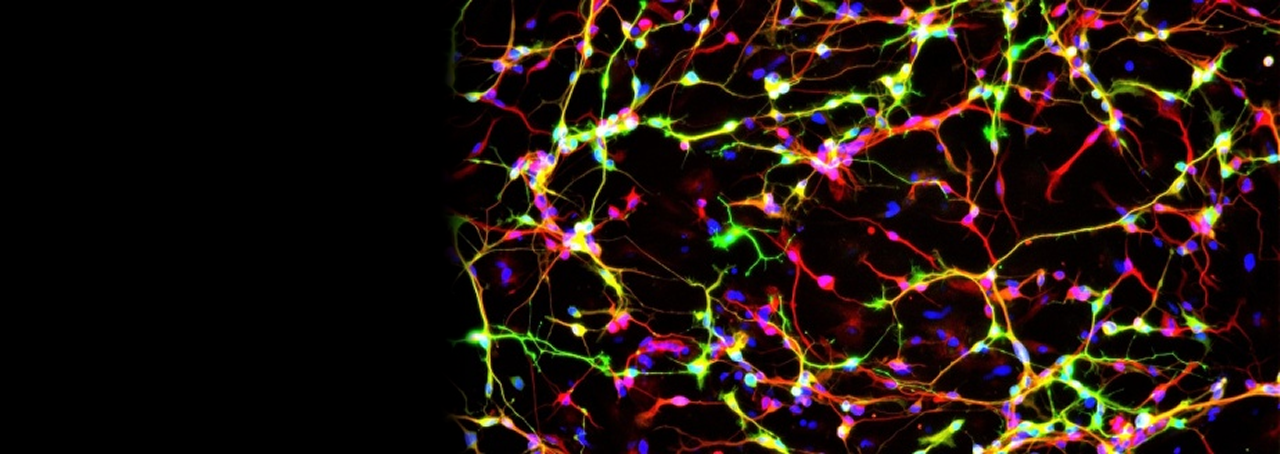Discovery puts new Parkinson’s disease treatment within reach
For decades, the elusive Holy Grail in Parkinson’s disease research has been finding a way to repair faulty dopamine neurons and put them back into patients, where they will start producing dopamine again. University at Buffalo researchers have overcome a key obstacle to cell conversion, with major implications for Parkinson’s disease and genomic reprogramming in general.
Scientists have used fetal material, which is difficult to obtain and of variable quality. Embryonic stem cells represented a tremendous innovation, but making dopamine neurons from stem cells is a long process with a low yield. These issues have driven researchers to try to develop ways to turn cells that are easy to obtain, such as skin cells, into dopamine neurons, which are normally hidden in the brain. But here, too, it has been difficult to obtain sufficient quantities of neurons.
Now, Parkinson’s disease researchers at UB have developed a way to ramp up the conversion of skin cells into dopamine neurons. They have identified – and found a way to overcome – a key obstacle to such cellular conversions. At the same time, the researchers say the finding has profound implications for changing the way scientists work with all cells.
The new research revolves around their discovery a gene that acts as a gatekeeper protein to prevent conversion into another type of cell.
“Our method is faster and much more efficient than previously developed ones,” said UB professor Jian Feng, PhD. “The best previous method could take two weeks to produce 5 percent dopamine neurons. With ours, we got 60 percent dopamine neurons in ten days.” The researchers have done multiple experiments to prove that these neurons are functional mid-brain dopaminergic neurons, the type lost in Parkinson’s disease.
The finding enables researchers to generate patient-specific neurons in a dish that could then be transplanted into the brain to repair the faulty neurons. It can also be used to efficiently screen new treatments for Parkinson’s disease.
comments powered by Disqus


